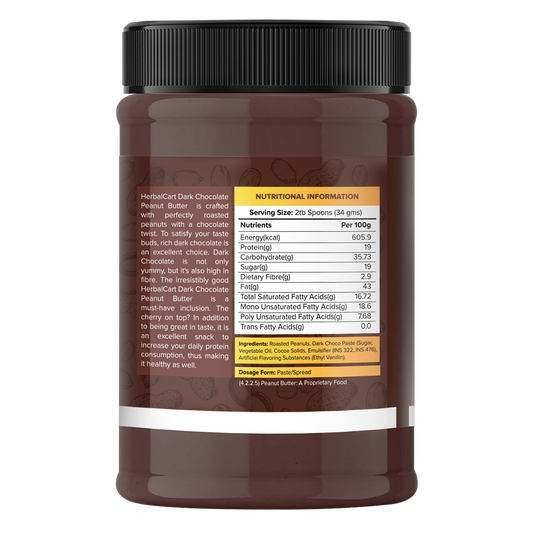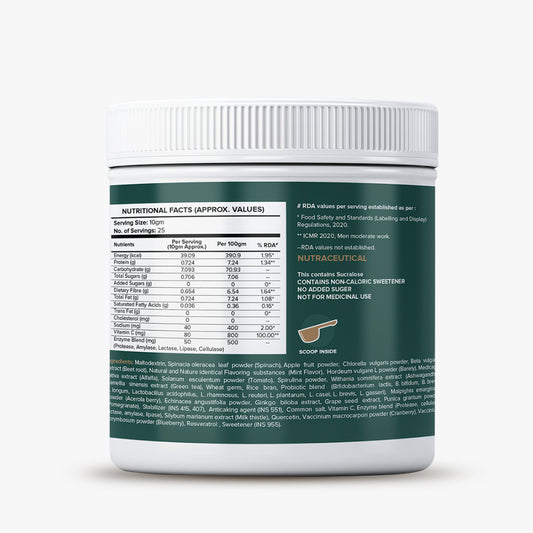Each night when we sleep our body goes through several stages of sleep and wakefulness. Human sleep usually consists of NREM (Non Rapid Eye Movement) sleep and REM (Rapid Eye Movement) sleep. These are states of sleep which are characterized by unique brain and physical behavior. NREM sleep is light sleep which a person can be easily woken from and it is dreamless. REM sleep on the other hand is deep sleep and usually occurs for 20% of total sleep time (roughly 60-90 mins). This is the hyper dream state and the physical body is paralyzed temporarily during REM sleep, a condition called Atonia.
When the neural pathway for Atonia fails, a state called REM sleep behavior disorder (RBD) occurs, in which the person may begin to act out their dreams physically. These dreams are generally very vivid and filled with action. Ex: being in a fight, being chased by an attacker or playing a football game etc. A person afflicted with this disorder may enact out the dream physically during sleep. These physical actions correspond to the activities in the dream and could be any of the following:
- Shouting
- Swearing
- Flailing arms and legs
- Chopped mint- 1 tablespoon
- Grabbing
- Punching
- Kicking
- Leaping
- Rolling out of bed
- Jumping
- Running
RBD should not be confused with terrors or sleepwalking as in these states a person might be confused when woken up, however, in RBD a person is fully alert and may also be able to recall the dream. The REM sleep behavior disorder progresses slowly to reach extreme conditions where a person may become dangerous for himself/herself or for others around them. Active RBD episodes may occur 3-4 times each night. They can also be as irregular as occurring once in a week or a couple of episodes in a month.
REM sleep behavior disorder is associated with some neurological conditions like Lewy body dementia, Parkinson’s disease etc. RBD itself does not cause drowsiness during the day however it may be seen predominantly in patients having other sleep disorders like sleep apnea, narcolepsy etc. Let’s discuss REM sleep behavior disorder symptoms and treatment and the risk factor associated with it.
Symptoms of REM sleep behavior disorder:
Symptoms of REM sleep disorder are fairly easy to spot. They are characterized by kicking, shouting and punching actions during sleep. Apart from the actions mentioned above, there are a few other symptoms that can be noticed. REM sleep behavior disorder symptoms include:
- Physical movements like kicking, jumping, throwing arms and legs during sleep. This is a response to vivid violent dreams.
- Making sounds like talking, whistling, laughing, shouting, cursing or even emotional outbursts during sleeping.
- If woken during an episode, the person can recall the dream and wakes up easily without any confusion or drowsiness.
Diagnosis and treatment of REM sleep behavior disorder:
Diagnosis of this disorder mostly involves monitoring sleep. This includes a neurological exam and a polysomnogram which charts heartbeats, breathing pattern,s and heartbeat during sleep. The doctor may also ask you to maintain a sleep diary to track your progress pre and post-treatment. The use of drugs, alcohol, or any other medication can also trigger RBD and the same must be informed to the doctor when seeking treatment.
Treatment of RBD is done with a few lifestyle adjustments, drugs like Clonazepam also help. The treatment also requires certain precautions as mentioned below:
- Make the bedroom safe, remove any bedside objects that may result in injury.
- Keep the bed far from the window and cover and lock windows.
- Place a barrier around the bed and soft padding the floor near the bed to avoid injury.
- Move furniture and clutter away from the bed.
- Maintain a regular sleep cycle and sleep and wake up at the same time.
- Sleep deprivation can trigger RBD, so rest as much as you need.
- Monitoring of sleep regularly to spot any anomalies or sleeplessness patterns.
- Avoid alcohol, drugs, and medications which disturb sleep causing the hormone melatonin.
- Get treatment for other sleep disorders which might be triggering RBD or disrupting your sleep.
- Using natural sleep aids or dietary supplements like Rest O’ Night.
- Regularly monitor other neurological symptoms that interfere with RBD.
What are the risk factors associated with REM sleep disorder?
RBD puts a person at other health-related risks which are generally neurological and sleep-related. Here are some major ones:
- Males over 50 years of age are most susceptible to developing RBD. As compared to men, women, and children are less prone. In people who have neurological disorders or sleep illnesses like narcolepsy etc, RBD is commonly found.
- Those with neurological disorders like Parkinson’s disease, multiple system atrophy, dementia, stroke, etc. are more at risk as compared to others.
- Daytime drowsiness and narcolepsy can accelerate once a person starts showing symptoms of REM sleep behavior disorder.
- Taking certain medications, antidepressants, etc. can be risky.
- Patients may find RBD worsening with withdrawal from alcohol or drugs.
RBD also responds to several other factors that are known to intensify REM sleep.
- Withdrawal from alcohol, drugs
- Sleep deprivation
- Brain tumors/strokes
- Use of sleeping pills, antidepressants
- Other sleep-related disorders
A person suffering from this disorder may cause himself or others injury, may cause distress to others, and may become socially isolated. The fact that a person may enact sequences from dreams is the most dangerous complication of RBD. A person may become a danger to himself/herself or others around him/her. Social stigma, isolation, or apathy towards a person suffering from RBD can accelerate the problem. Thus, it becomes all the more important to understand the problem of the person and to show an empathic attitude towards the illness. Regular monitoring of sleep, a regular sleep cycle, and prescription drugs can help control this problem up to a large extent.










































































